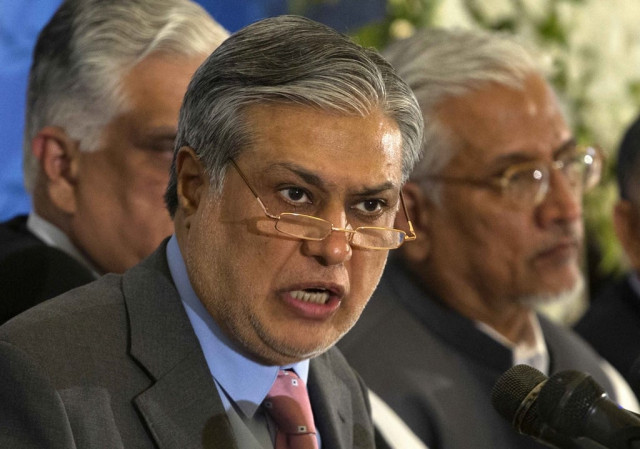Tougher journey: Government gets on road to privatise SME Bank
Will be first loss-making entity in years to be sold to strategic investor

Will be first loss-making entity in years to be sold to strategic investor. PHOTO: REUTERS
In a move that could see the first loss-making financial institution being privatised in years, the government has begun the process to sell SME Bank, as the entity’s paid-up capital shrunk to a meagre Rs304 million against the standard requirement of Rs6 billion.
The government has decided to fast track the bank’s privatisation after State Bank of Pakistan (SBP) supported its sell-off instead of merging it with National Bank of Pakistan (NBP) or injecting equity, said officials in Privatisation Division.
After the central bank’s recommendation, the government took the SME Bank to the Privatisation Commission (PC) Board, seeking its approval to hire a financial adviser for financial, legal and administrative due diligence of the loss-making entity.
In October 2013, the Cabinet Committee on Privatisation (CCoP) had included the SME Bank in its early implementation programme. However, the progress has remained slow, as the government’s focus remained on divesting shares in profitable banks to raise funds for budget financing.
So far, the PML-N government has raised Rs155 billion by selling stakes in highly profitable banks - Habib Bank Limited, United Bank Limited and Allied Bank Limited. Since 1991, when Pakistan embarked on the privatisation programme, the country had earned over Rs344 billion by privatising numerous financial institutions.
SME Bank will be the first loss-making entity in years that the government has picked to sell to a strategic investor. The government holds 93.89% stakes in SME Bank.
During the past few years, SME Bank’s financial position has been continuously deteriorating and its accumulative losses have increased to Rs2 billion, according to a top official of the Privatisation Division. As against the requirement of Rs6 billion paid-up capital, the bank’s free-of-losses paid-up capital stood at Rs304 million as of March this year, according to the official.
The government had established the SME Bank in October 2001 by amalgamating Regional Development Finance Corporation (RDFC) and Small Business Finance Corporation (SBFC).
SBP recommendations
In March this year, Finance Minister Ishaq Dar had asked the SBP to prepare a working paper outlining viable options with respect to SME Bank.
The central bank gave four options to the federal government. One of the options was privatising the bank either through acquisition by another bank as an Islamic banking subsidiary, acquisition by a Development Finance Institution as a conventional banking subsidiary or acquisition by an investor other than a scheduled bank or DFI.
The other three options were restructuring through fresh injection of equity by federal government, merger with NBP or its liquidation.
The SBP had recommended privatisation as the best-suited option and outlined a number of measures to lure investors.
One such measure was lowering the minimum capital requirement. However, it was not clear whether the waiver would also be available to the buyer.
The central bank further recommended building capacity before its privatisation. The SME Bank would be allowed to participate in various credit guarantee and refinancing schemes of the central bank.
As an incentive, the SBP has suggested that the government should share cost of the Voluntary Separation Scheme with the potential buyer.
The SBP said the recovery of the Rs5 billion fully defunct loan portfolio will be an upside for the privatisation. Furthermore, the private buyer would be allowed to give 20% of the total loans to other than the SME sector.
In 2010, the SME Bank had handed over Rs5.5 billion recoveries to NBP. However, the NBP could recover only Rs32 million, as the issue was not on its priority list.
Published in The Express Tribune, September 20th, 2015.
Like Business on Facebook, follow @TribuneBiz on Twitter to stay informed and join in the conversation.



















COMMENTS
Comments are moderated and generally will be posted if they are on-topic and not abusive.
For more information, please see our Comments FAQ